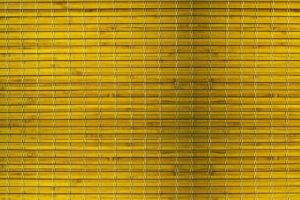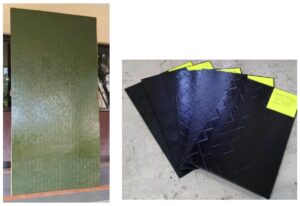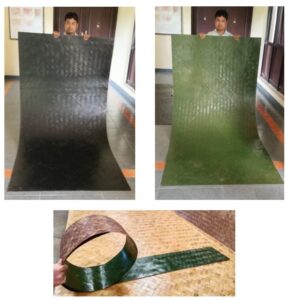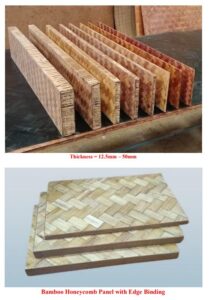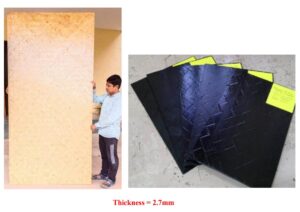1. Introduction
Bamboo-based insulation and construction materials offer sustainable alternatives to traditional building materials. These materials provide excellent thermal insulation, durability, and eco-friendliness. They are widely used in residential, commercial, and industrial construction. This report outlines the investment, production process, market potential, and financial feasibility of starting a bamboo-based insulation and construction material manufacturing unit.
2. Objectives
- To establish a production unit for bamboo-based insulation and construction materials.
- To promote eco-friendly and energy-efficient building solutions.
- To cater to domestic and international markets with high-quality materials.
- To reduce reliance on synthetic insulation and contribute to sustainable development.
3. Market Analysis
3.1 Demand Analysis
- Growing global demand for sustainable building materials.
- Rising adoption of eco-friendly construction solutions.
- Government policies supporting green buildings and insulation.
- Increasing consumer preference for energy-efficient homes.
3.2 Target Market
- Real estate developers and construction companies.
- Green building and energy-efficient infrastructure projects.
- Homeowners and contractors looking for sustainable insulation solutions.
- Exporters targeting Europe, North America, and Asia-Pacific markets.
4. Land, Machinery & Costing
4.1 Land & Infrastructure
| Item | Quantity | Cost per unit (INR) | Total Cost (INR) |
|---|---|---|---|
| Land (3 acres) | |||
| Factory Building & Storage | |||
| Machinery & Equipment | |||
| Office & Utilities | |||
| Total | – | – |
4.2 Raw Materials & Production Costs
| Item | Quantity | Cost per unit (INR) | Total Cost (INR) |
|---|---|---|---|
| Raw Bamboo | |||
| Binding Agents & Additives | – | – | |
| Processing Chemicals | – | – | |
| Labor (30 workers) | |||
| Packaging & Branding | – | – | |
| Miscellaneous | – | – | |
| Total | – | – |
4.3 Production Process
- Harvesting & Preparation – Selection of mature bamboo suitable for insulation material.
- Fiber Extraction – Processing bamboo into fine fibers for insulation production.
- Binding & Molding – Combining bamboo fibers with eco-friendly binding agents.
- Curing & Strengthening – Heat treatment and compression to enhance durability.
- Quality Control & Testing – Ensuring fire resistance, thermal efficiency, and durability.
- Packaging & Distribution – Ensuring proper storage and shipment to buyers.
5. Financial Analysis
5.1 Cost Estimation
Fixed Costs
| Expense | Cost (INR) |
|---|---|
| Land & Infrastructure | |
| Machinery & Equipment | |
| Factory Setup & Utilities | |
| Total Fixed Costs |
Variable Costs (Per Year)
| Expense | Cost (INR) |
|---|---|
| Raw Materials | |
| Processing & Chemicals | |
| Labor | |
| Utilities & Maintenance | |
| Marketing & Distribution | |
| Total Variable Costs |
5.2 Revenue & Profit Analysis
| Parameter | Value |
|---|---|
| Selling Price per Unit | |
| Production Capacity (Per Year) | |
| Revenue from Sales | |
| Annual Cost (Fixed + Variable) | |
| Profit (From Second Year Onwards) |
6. Break-Even Analysis
- Fixed Costs:
- Profit Per Year (After First Year):
- Break-even Point =
7. Sustainability & Environmental Impact
- Waste Utilization: Bamboo waste can be repurposed for biofuel or compost.
- Carbon Footprint Reduction: Substituting synthetic insulation with bamboo-based alternatives.
- Renewable Resource: Bamboo regenerates quickly and requires minimal water.
- Energy Savings: Improves thermal efficiency, reducing energy consumption in buildings.
8. Challenges & Mitigation Strategies
| Challenge | Mitigation Strategy |
|---|---|
| Raw Material Availability | Partner with bamboo plantations and ensure a steady supply |
| Market Competition | Focus on R&D, innovation, and branding |
| Initial Investment | Seek government subsidies, private investments, and green funding |
| Product Awareness | Educate builders and consumers on the benefits of bamboo insulation |

